-
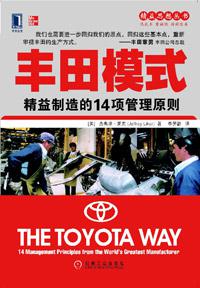
丰田模式
当今全球的商界人士都希望实施丰田激进的管理制度用以加速业务流程,减少浪费,改进质量。但是,在各式精益管理工具、管理技巧的表象之下,丰田成功的真正根基又是什么? 《丰田模式》诠释了丰田所采用的14项精益管理实践,正是它们驱动丰田形成了专注于质量和效率的企业文化。本书还会使你获得能够应用到所有组织、各式业务流程的极富价值的洞见。你还会了解到如何将长远的企业哲学、流程管理、人员管理以及解决问题之道恰到好处地结合起来,借此帮助你的组织转型成为精益的学习型企业。一切尽在《丰田模式》。 向世界上最伟大的制造厂商学习14项精益管理原则—— * 培育不断改进和学习的氛围 * 使顾客满意(同时消除浪费) * 从内部提拔领导人而不是从外部招聘管理者 * 从最开始便保证质量 * 教会所有员工成为解决问题的人 你的企业能够从丰田模式学到什么? * 使业务流程提速2倍甚至3倍 * 让车间制度成为质量的保障 * 消除巨额的隐性浪费 * 让每位员工都成为质检员 四次新乡奖得主研究丰田20年,遍访丰田工厂 得以铸成里程碑般的鸿篇巨制 -
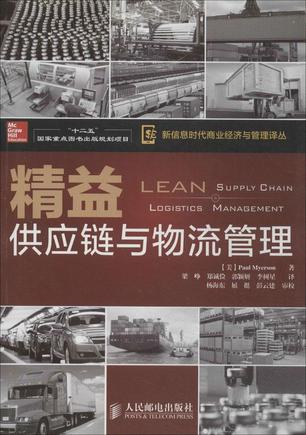
精益供应链与物流管理
《精益供应链与物流管理》语言浅显易懂、案例丰富,由浅入深地介绍了精益思想在供应链与物流管理中的应用。 对于供应链及物流管理领域的初入行者或在校生,能帮助他们从整体了解这个行业,并认识该行业的高标准;对经理人员而言,面对日益复杂的市场环境和身处挑战性极强的全球化环境,将可从这本书中获益,学习在供应链和物流管理中训练自己的精益思维,助力推动企业走向精益。 《精益供应链与物流管理》作者保罗.麦尔森拥有30多年的管理、咨询与教学经历,在供应链战略、系统和运作方面具有超过25年的经验。他已经成功地为诸如通用电气、联合利华、切迟杜威旗下的Arm and Hammer品牌等多家企业带来根本性变化,成为令各种客户、不同大小机构发生变革的催化剂。 媒体推荐 “供应链与物流管理在商业领域成为越来越重要的驱动力。保罗·麦尔森从业30余年,担任过经理、咨询师和教师等职务,他将自己的多年经验写人书中,向读者展示了‘如何达成既定目标’的路径,而不是‘走一步算一步’的做法。 该书从获取、保持和提高供应链竞争力的角度出发,为读者搭建了条理化的框架。由于关注客户,作者将重点放在持续消除供应链的非增值活动中,使购书者可以从中获益、物有所值。 要从精益供应链与物流管理中获益,就要具备正确的心态与良好的组织文化,还需要使用恰当的概念和工具,并能充分利用不断演进的IT技术。所有这些思想都呈现在麦尔森的书中。” ——威廉·邓普希(William Dempsey) “对所有寻求降低成本、改善收益的供应链经理人而言,这本书是必读之书。在投资任何供应链之前,给你的上司和高级经理人手一册吧!这本书什么都讲到位了。无论是对供应链的新任经理还是资深经理,我都力荐此书。” ——理查德·兰乔尼(Richard Lancioni) 市场与供应链管理教授 福克斯商学院 天普大学 费城,宾夕法尼亚州
-
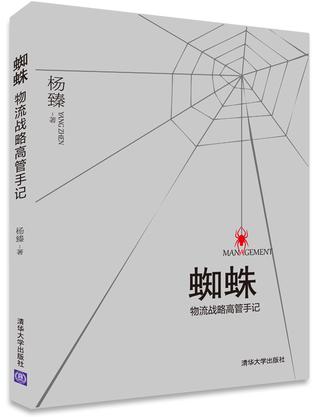
蜘蛛——物流战略高管手记
某跨国公司高管李奇,受命于全球金融危机后的艰难时刻,创造全新的物流与采购战略体系,他凭什么信心满怀? 转战北美、亚太、欧洲,在全球总部、工厂、地区总部、供应商、客户等众多利益相关方之间施展合纵、连横,他仅仅是为了那一份薪水吗? 像蜘蛛那样耐心地编织和经营着专业和职场两张网,巧妙处理各种职场肉搏、业务疑难和爱恨情仇,帷幄之间,他在密谋些什么? 事业几近折戟沉沙,却又柳暗花明,最终取得“三大战役”的惨胜,李奇,一个典型的职业经理人,他要的到底是什么? -
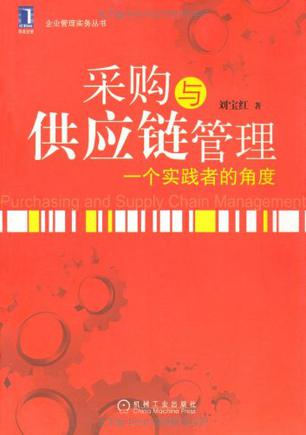
采购与供应链管理
刘宝红所著的《采购与供应链管理:一个实践者的角度》从实践者的角度,通过分析一个个案例,讲细节、讲执行,以独立文章的形式阐述供应链管理的基本思想、理论和实践。《采购与供应链管理:一个实践者的角度》注重解决供应链实践中基本面的问题,填补了相关领域学者与实践者之间的空白。全书包含供应链管理和设计、供应商管理、从小采购到大采购、采购与供应链管理作为一个职业等内容。 -
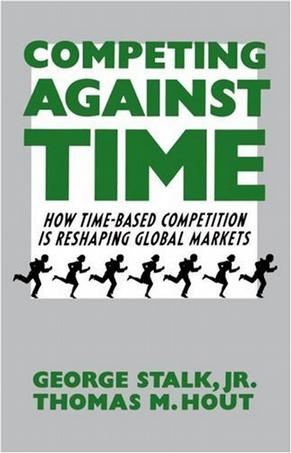
Competing Against Time
Today, time is the cutting edge. In fact, as a strategic weapon, contend George Stalk, Jr., and Thomas M. Hout, time is the equivalent of money, productivity, quality, even innovation. In this path-breaking book based upon ten years of research, the authors argue that the ways leading companies manage time—in production, in new product development, and in sales and distribution—represent the most powerful new sources of competitive advantage. With many detailed examples from companies that have put time-based strategies in place, such as Federal Express, Ford, Milliken, Honda, Deere, Toyota, Sun Microsystems, Wal-Mart, Citicorp, Harley-Davidson, and Mitsubishi, the authors describe exactly how reducing elapsed time can make the critical difference between success and failure. Give customers what they want when they want it, or the competition will. Time-based companies are offering greater varieties of products and services, at lower costs, and with quicker delivery times than their more pedestrian competitors. Moreover, the authors show that by refocusing their organizations on responsiveness, companies are discovering that long-held assumptions about the behavior of costs and customers are not true: Costs do not increase when lead times are reduced; they decline. Costs do not increase with greater investment in quality; they decrease. Costs do not go up when product variety is increased and response time is decreased; they go down. And contrary to a commonly held belief that customer demand would be only marginally improved by expanded product choice and better responsiveness, the authors show that the actual results have been an explosion in the demand for the product or service of a time-sensitive competitor, in most cases catapulting it into the most profitable segments of its markets. With persuasive evidence, Stalk and Hout document that time consumption, like cost, is quantifiable and therefore manageable. Today's new-generation companies recognize time as the fourth dimension of competitiveness and, as a result, operate with flexible manufacturing and rapid-response systems, and place extraordinary emphasis on R&D and innovation. Factories are close to the customers they serve. Organizations are structured to produce fast responses rather than low costs and control. Companies concentrate on reducing if not eliminating delays and using their response advantage to attract the most profitable customers. Stalk and Hout conclude that virtually all businesses can use time as a competitive weapon. In industry after industry, they illustrate the processes involved in becoming a time-based competitor and the ways managers can open and sustain a significant advantage over the competition. -
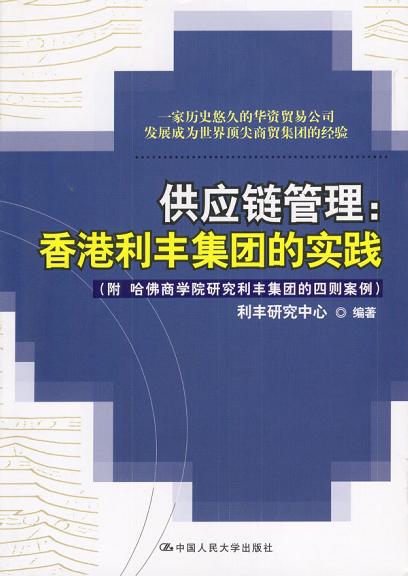
供应链管理
利丰集团是一家以香港为基地的大型跨国商贸集团,运用供应链管理的概念经营出口贸易、经销批发和零售三大业务。本书在涵盖了哈佛商学院研究利丰业务模式的四个案例的基础上,通过对利丰集团各级管理层的大量访谈与研究,以业务案例介绍供应链管理的概念与应用。 本书首次详细公开利丰集团的业务模式及用于培训高层管理人员经营概念的内部资料。我们相信供应链管理的概念对不同类型的产业都具有适用性和参考价值,并希望通过利丰集团的经验与内地各界人士共同探讨如何更有效地运用供应链管理来提升企业的竞争力,以迎接中国在“入世”后面临的挑战。